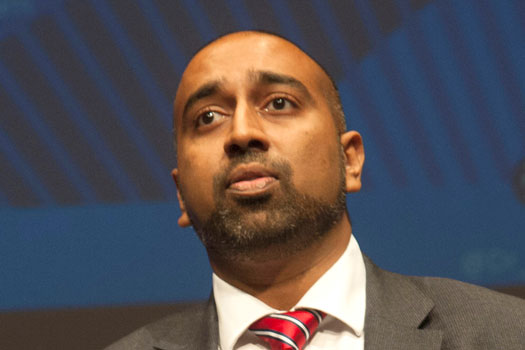PCNs are a chance to redefine general practice and feel empowered about the future

It’s sometimes overwhelming to think about how much the NHS has changed and the medical advances it’s helped to achieve.
Since its beginnings in 1948, we’ve seen the birth of the modern hospital, the UK’s first heart transplant, and the creation of the organ donor register – milestones that transformed the face of our health service and how it’s both used and worked in.
In 2019, we’re now on the cusp of another change. Today, patient demand is enormous – our population is growing, people are living with more long-term conditions, and there is greater demand for care where our patients want it, which is at home and in the community.
Just as before, the NHS has to flex to the times it’s in, which is why we’re seeing a massive shift in the way general practice looks and operates with the introduction of primary care networks (PCNs) in England, designed to help us meet growing patient demand.
The concept isn’t new, but the support and safeguards surrounding them are, and there is now guaranteed, recurrent, national funding available to enable us to work together, that we didn’t have before.
I understand that it can be difficult to remain optimistic in general practice, but where collaborative working structures already exist, the benefits to staff and patients are clear – and six months on from their introduction, most of the nearly 7,000 GP practices across England have taken up the PCN directed enhanced service.
This is a time of opportunity; a chance to alleviate workload, close capacity gaps, and most importantly, deliver the kind of care we want to be able to give our patients.
PCNs might be up there with the introduction of modern hospitals, heart transplants, and the organ donor register
Being part of a PCN obviously means working closely with other practices and pooling resources, but it’s also about independence and shaping your network to how you see it serving your community best and help you to manage your workload.
Deciding how to do this, or indeed how to even run a PCN, can be challenging and, as with most widespread changes, there is normally a period of just trying to get your head around it all, including getting to grips with new paperwork, terminology and jargon.
As a GP and executive member of the BMA’s General Practitioners Committee, I understand this, but want to make sure that we, as a profession, head towards change feeling empowered – not disenchanted and blindly following the orders of what someone else thinks a better NHS looks like.
We must remember that this is an opportunity for us to redefine general practice in a way that suits our teams, our practices, and our communities. We are in the driving seat and have the chance to set a new course for the future direction of primary care.
Practically, PCNs provide a viable alternative to current working models in general practice in England, but they are so much more than that. With closer working comes better communication, better patient care, and ultimately, a better NHS.
And you never know, one day PCNs might be up there with the introduction of modern hospitals, heart transplants, and the organ donor register.
After all, for the millions of patients we see every year, this one system change really could be life-changing.
For more information about how to run a PCN, sign-up to the BMA’s PCN Support Proposition here.
Dr Krishna Kasaraneni is a GPC executive member at the BMA and a GP in Sheffield
Pulse October survey
Take our July 2025 survey to potentially win £1.000 worth of tokens











